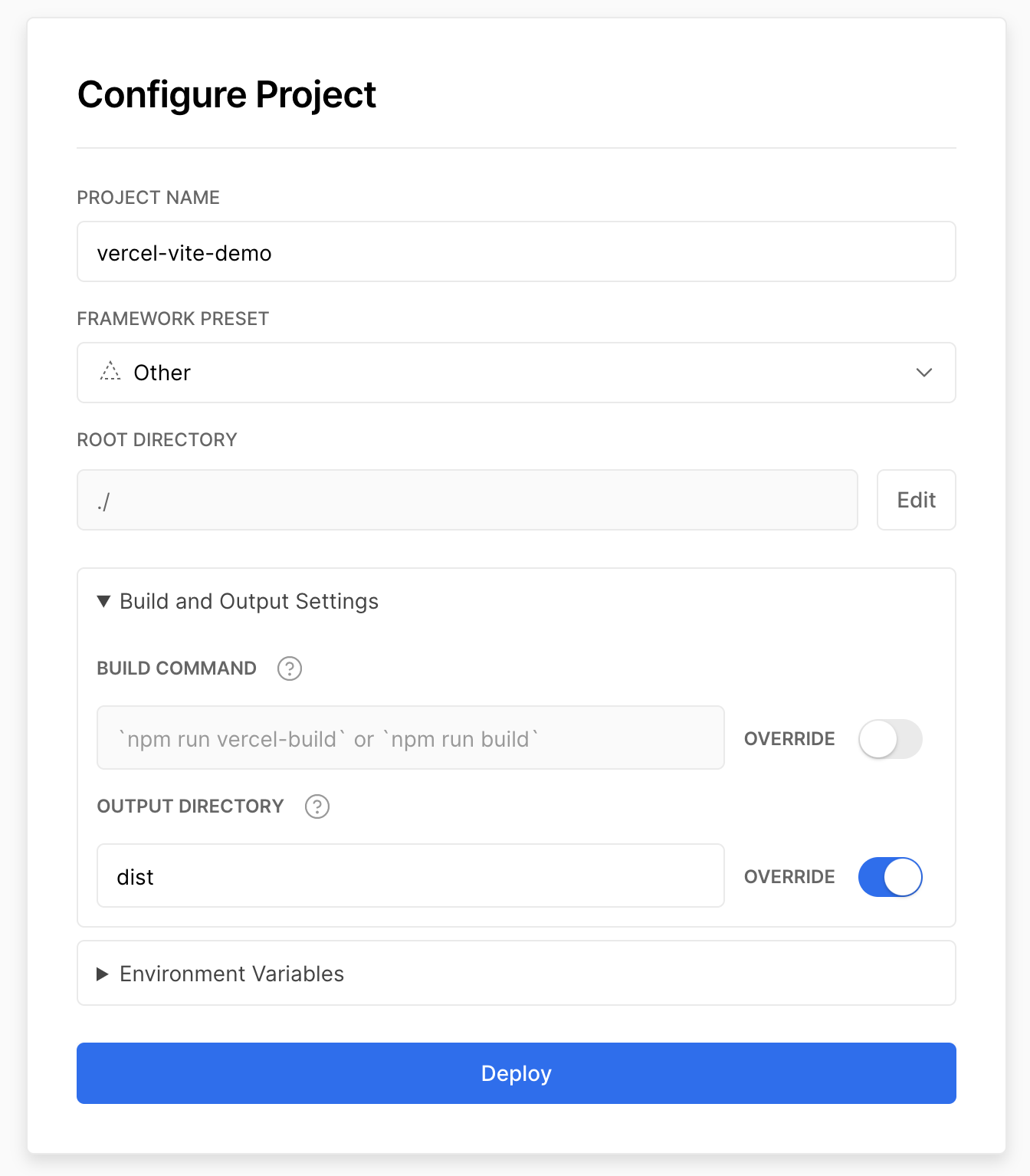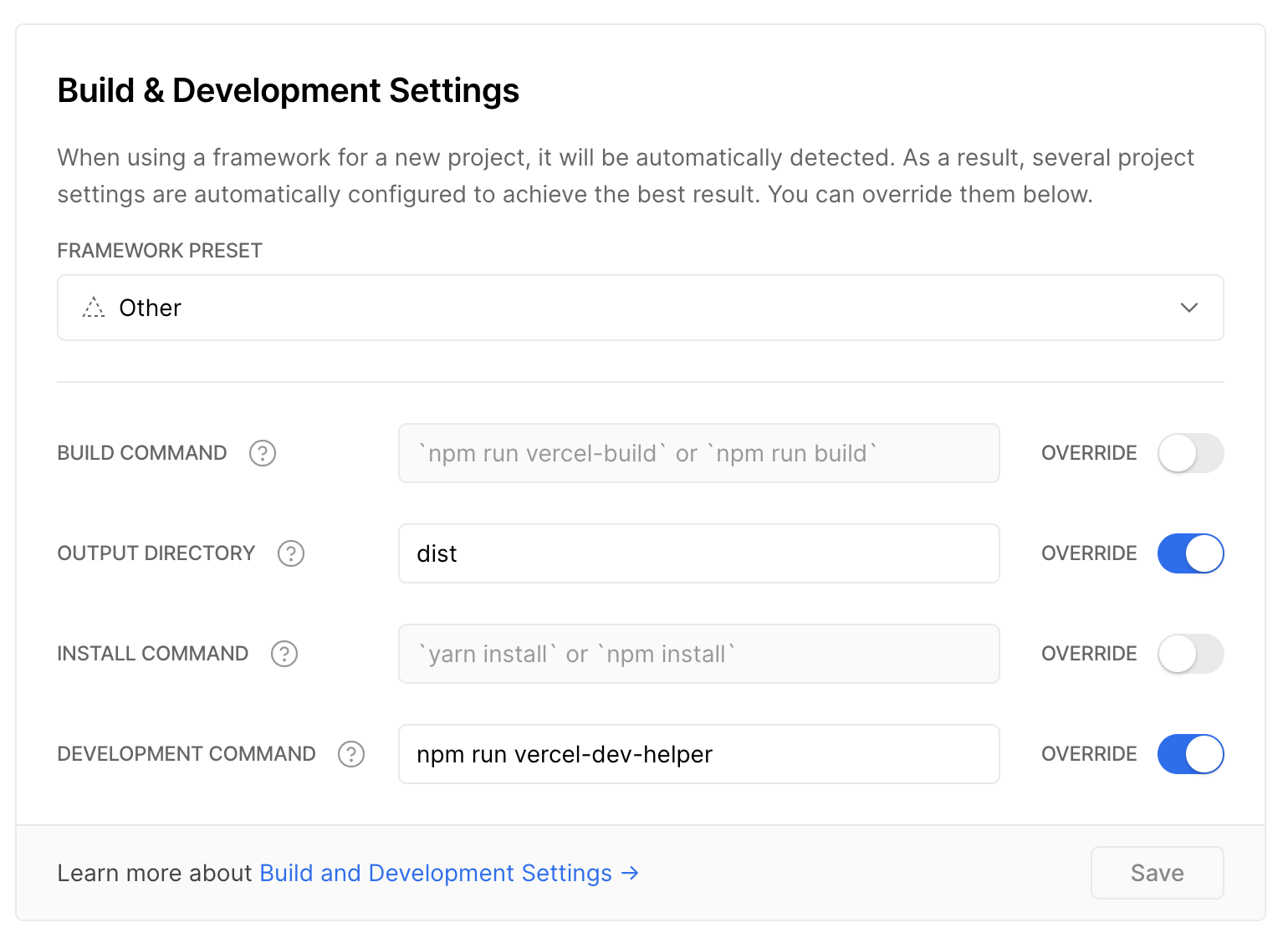Quitting Your Dream Job (Twice)
Sometimes it's important to do the thing that feels a little stupid.
I'm starting a company.
How did I get here? I'm just a music-loving skate nerd from a small farm town. My first "real job," a contract dev role, was more a generous gift than an earned position. If the hiring manager didn't happen to have the same taste in music, I probably wouldn't have gotten the role.
Oh also — worth mentioning that the role was on the Creative Team at Twitch. Fresh out of university, with no experience at all, I got to write the code that ran Twitch's marathon, including Power Rangers, YuGiOh, and the viral Bob Ross, which still runs today.
I stayed at Twitch for four years, hopping from team to team, building dozens of projects I'm proud of to this day. It's hard to put into words how much I was able to learn here. One lesson stuck out — I learned I could build some pretty damn good stuff.
The First Resignation
Realizing that I had outgrown my role was a long, painful process. My last year was particularly rough. I saw so many points that hurt both creators and users. I wanted to destroy, rebuild, and improve everywhere I could. My ambitions helped me get some pretty cool stuff out, but I was getting tired. My work was no longer fulfilling. My time wasn't spent building; it was spent convincing people that we needed to build and ship the right things.
My desire to build overpowered the comfort I got from my role at Twitch. One of my favorite sites from my childhood, Turntable, announced they were coming back and had begun hiring. The opportunity to build was being dangled in front of me, and I had to bite. I left Twitch on the last Friday in January 2021 and started at TTFM Labs the following Monday.
Startup Life
Going from a 2,000-person company to a two-person company is, uh, quite an adjustment.
My initial role was to build, of all things, the Android app. We had a working prototype within a week. Three days later, we had ported to iOS successfully. The web app (written by contractors at the time) was the next target. One month in, I'd managed to create the TTFM client on all platforms.
I was building again. Faster than ever. I was hooked.
We started hiring. I helped make a great team. We were shipping at an alarming rate, recreating the music sharing experience I missed from my high school days.
The feeling of "solving problems from scratch" motivated me to build like I had never built before. I wish I could say this continued past the first two months.
Losing Focus
It didn't take long to run into some familiar red tape. Our backend was labeled by leadership as "do not touch." All of the outages, bugs, and other weird behaviors became client-side problems we had to solve in increasingly obtuse ways.
In a short time, my role transitioned away from "solving technical problems while improving the product." I was back in the bureaucracy. The foundation we were building on was weak, and we were being asked to build higher. I pushed for us to refocus and reinforce what we had before our tech collapsed under the weight.
It took a while, but they listened. We replaced our monstrous 7,000 LOC socket server with a minimal, maintainable implementation under 350 LOC. This was a huge win, but I had become disillusioned by the process.
I had spent almost half a year justifying code that took under 10 hours to write.
Finding My Drive Again
My work was no longer providing the fulfillment I had quit Twitch to pursue. I needed to build.
I spent a week putting too much time into a web game about Dogecoin. It was the most fulfillment I had felt in months. It also reinforced the big lesson from Twitch: I can go from concept to product pretty damn quick.
Speaking of Twitch, I was still a regular user. The problems I wanted to solve hadn't gone anywhere. From the inside, creator pain points were rarely considered beyond dinner discussions. From the outside, those same problems stuck out like weeds, begging to be cut.
Multi-person content seemed particularly hard to create, so I started a new project — Round. In a few days, I had something usable. A week later, it was borderline useful. My energy was back.
Electrified as ever, I started showing some friends. Unlike previous endeavors, my excitement was reflected. They all wanted to use it as soon as possible.
The Second Resignation
When I moved from Twitch to TTFM, I took a third of my previous compensation in hopes of finding fulfillment in my work. To put it bluntly, Round is the most fulfilling work I've done in a while. I want to ride this wave.
I'm leaving TTFM Labs to start my own company.
Which is incredibly dumb.
But I can't imagine doing anything else.
Quitting your job to start a streaming company is dumb. Missing this opportunity feels way dumber.
T3 Tools
I want to make tools that inspire a sense of craftsmanship. I am starting T3 Tools to do just that.
We have a lot to build. Round is just the start. If all goes well, we'll be able to build the toolbox that powers the future of live content creation.
I'm so hyped. I can't wait to share more about T3 soon.
If you're also excited about live creator tools, modern dev practices and patterns, or building in general - hit me up. We'll be hiring soon :)



